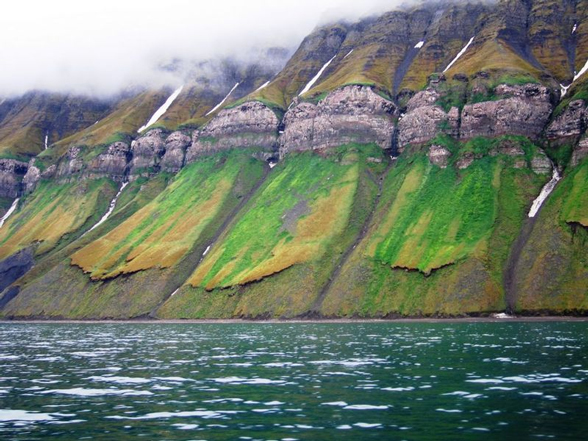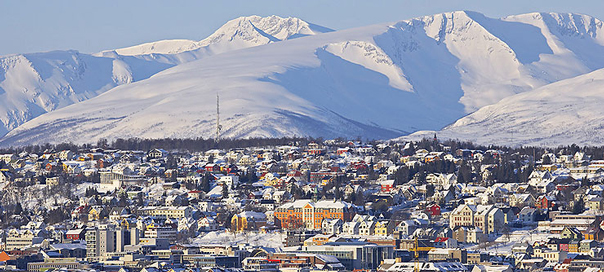Svalbard is an archipelago in the Arctic Ocean, constituting the northernmost part of Norway. Located north of mainland Europe, it is about midway between mainland Norway and the North Pole. The group of islands range from 74° to 81° north latitude, and from 10° to 35° east longitude. Spitsbergen is the largest island, followed by Nordaustlandet and Edgeøya. The administrative center is Longyearbyen, and other settlements, in addition to research outposts, are the Russian mining community of Barentsburg, the research community of Ny-Ålesund and the mining outpost of Sveagruva. The archipelago is administrated by the Governor of Svalbard.

Svalbard is a very special part of Norway. The archipelago is one of the northernmost land-areas in the world. Because it is off the beaten track, so that humans have hardly left their mark on it, most of this territory is still pristine, without roads or other signs of human intervention.
Svalbard is defined as a land area situated between 74 and 81 degrees north, between 10 and 35 degrees east. The archipelago of Svalbard consists of islands of various sizes, the largest of which are Spitzbergen, Nordaustlandet, Edgeøy, Barentsøy and Prins Karls Forland. The summit Newtontoppen, on the north-eastern part of Spitzbergen, towers 1713 metres above sea level and is the highest.
The islands were first taken into use as a whaling base in the 17th and 18th centuries, after which they were abandoned. Coal mining started at the beginning of the 20th century, and several permanent communities were established. The Spitsbergen Treaty of 1920 recognizes Norwegian sovereignty, and the 1925 Svalbard Act made Svalbard a full part of the Kingdom of Norway. They also established Svalbard as a free economic zone and a demilitarized zone. The Norwegian Store Norske and the Russian Arktikugol remain the only mining companies. Research and tourism have become important supplementary industries, featuring among others the University Centre in Svalbard and the Svalbard Global Seed Vault. No roads connect the settlements; instead snowmobiles, aircraft and boats serve inter-community transport. Svalbard Airport, Longyear serves as the main gateway.

The largest settlement – Longyearbyen, about 2,000 people, most – the Norwegians. It is also the administrative center of the archipelago. The rest of the settlement: the Russian mining towns: Barentsburg (470) Grumant and Pyramid (mothballed); Norwegian international research center of Ny-Alesund (about 30 people, more than 100 in summer), a Norwegian mining town Sveagruva (90 men, with workers from Longyearbyen more 300), a Polish research station Hornsunn (10 people).
The archipelago features an Arctic climate, although with significantly higher temperatures than other areas at the same latitude. The flora takes advantage of the long period of midnight sun to compensate for the polar night. Svalbard is a breeding ground for many seabirds, and also features polar bears, reindeer, and marine mammals. Seven national parks and twenty-three nature reserves cover two-thirds of the archipelago, protecting the largely untouched, yet fragile, nature. Sixty percent of the archipelago is glacier, and the islands feature many mountains and fjords.

The northern location of islands affect the features of the distribution of sunshine throughout the year. Svalbard from mid-October to mid-February reigns polar night. The dark night is illuminated by a northern lights. But in the summer of lack of sunlight there – shining never sets from April 20 to August 23.
The treaty defines Svalbard as all islands, islets and skerries from 74° to 81° north latitude, and from 10° to 35° east longitude. The land area is 61,022 km2 (23,561 sq mi), and dominated by the island Spitsbergen, which constitutes more than half the archipelago, followed by Nordaustlandet and Edgeøya. All settlements are located on Spitsbergen, except the meteorological outposts on Bjørnøya and Hopen. The Norwegian state took possession of all unclaimed land, or 95.2% of the archipelago, at the time the Svalbard Treaty entered into force; Store Norske owns 4%, Arktikugol owns 0.4%, while other private owners hold 0.4%.
